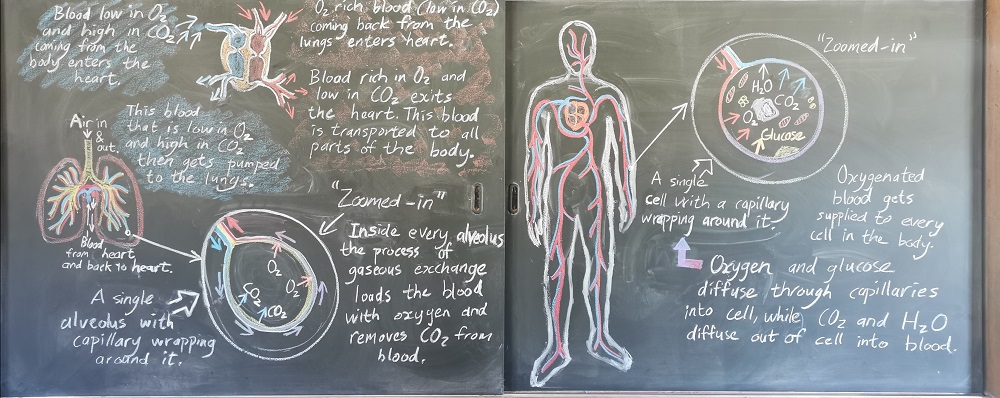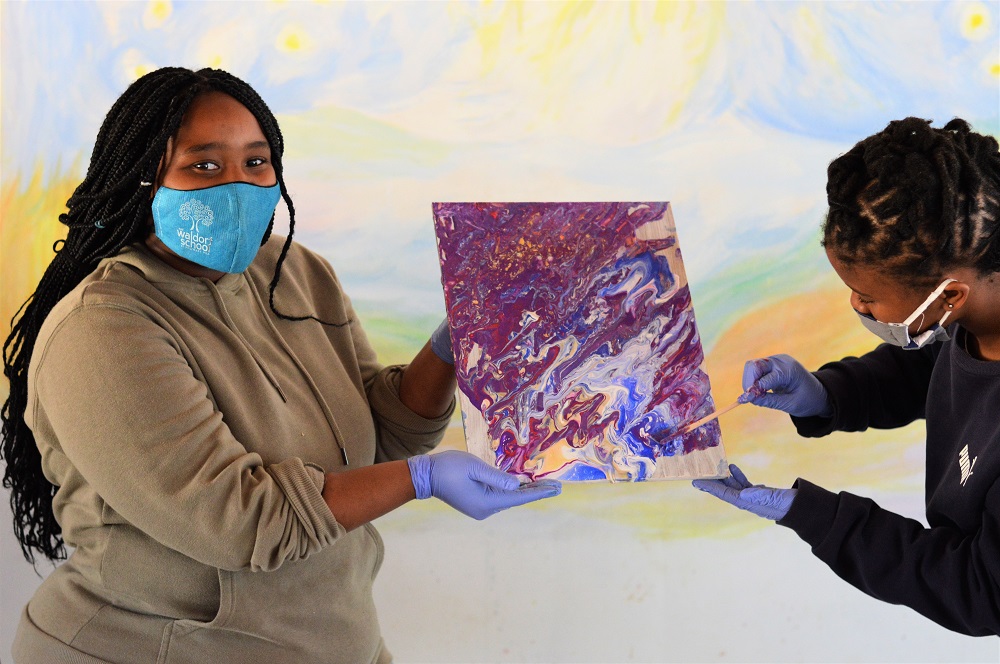The soul question of the Class 9 child is “what?” and the Waldorf curriculum is designed to answer this with all the subjects and themes that feed a striving for truth, self-knowledge and deep understanding.
Themes, emotions and rationalism explored in language
History mirrored by geography
The theory of probability

Human anatomy and physiology are further explored during the science lessons with the focus now shifting to the systems of the human body such as respiratory and reproductive systems. Ninth-grade physics expands the learner’s knowledge into electricity and magnetism as well as an introduction to Newtonian Physics. Chemistry answers the question of “what?” by allowing each learner to observe various chemical reactions and explore the main reason behind the outcome.
The creativity within the child

Craft and handwork activities allow the learner to explore technology as they partake in various craft techniques which include sewing on a machine and a handmade clock. However, the real highlight is the woodwork where they may make a spoon and candle holder.
The task of the adults is to work with the adolescents in such a way that they become familiar with the world and the tasks it sets them. We need to help them develop a range of skills that will equip them with the ability to be creative and adaptable in any field beyond what they have learned. It remains our perogative to ensure that the adolescent learner not only discovers their own individuality but is able to develop a moral and ethical will, based on insight.


